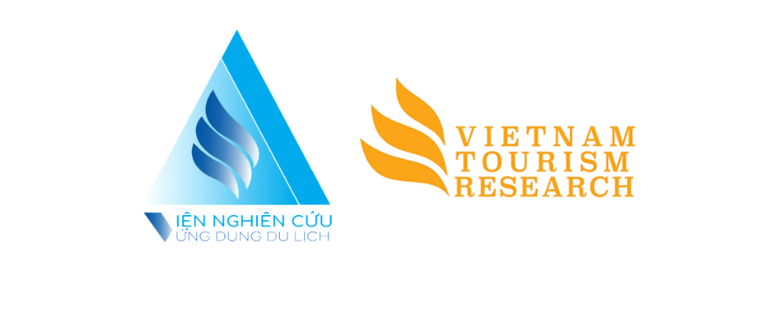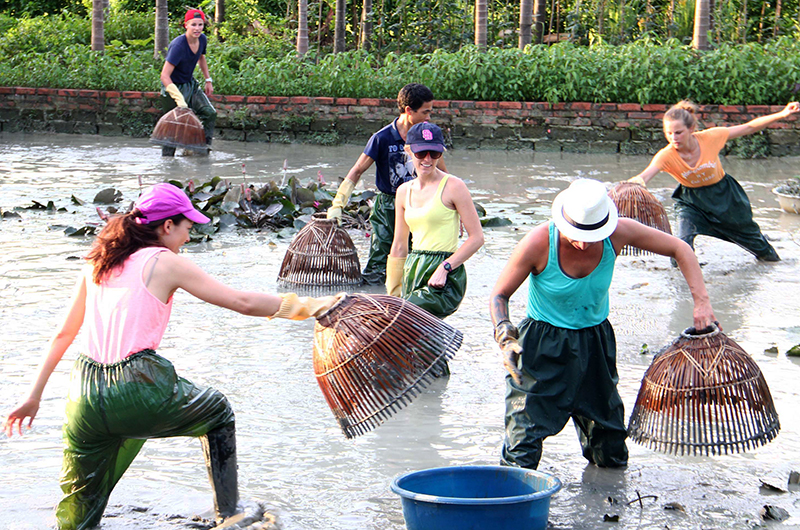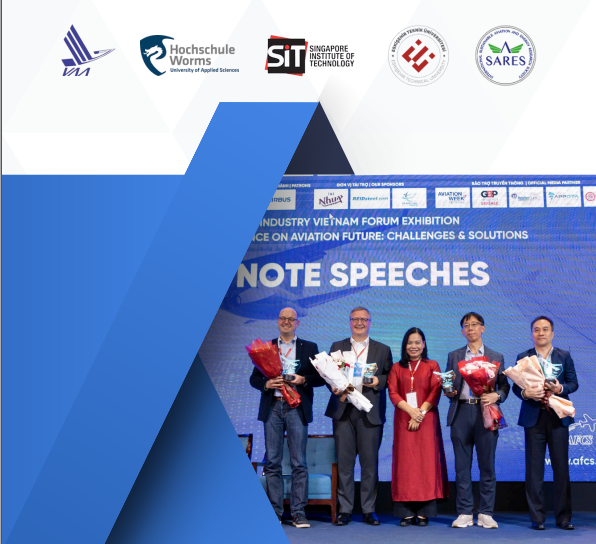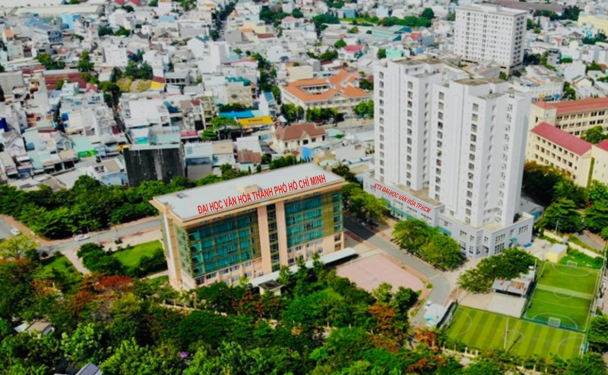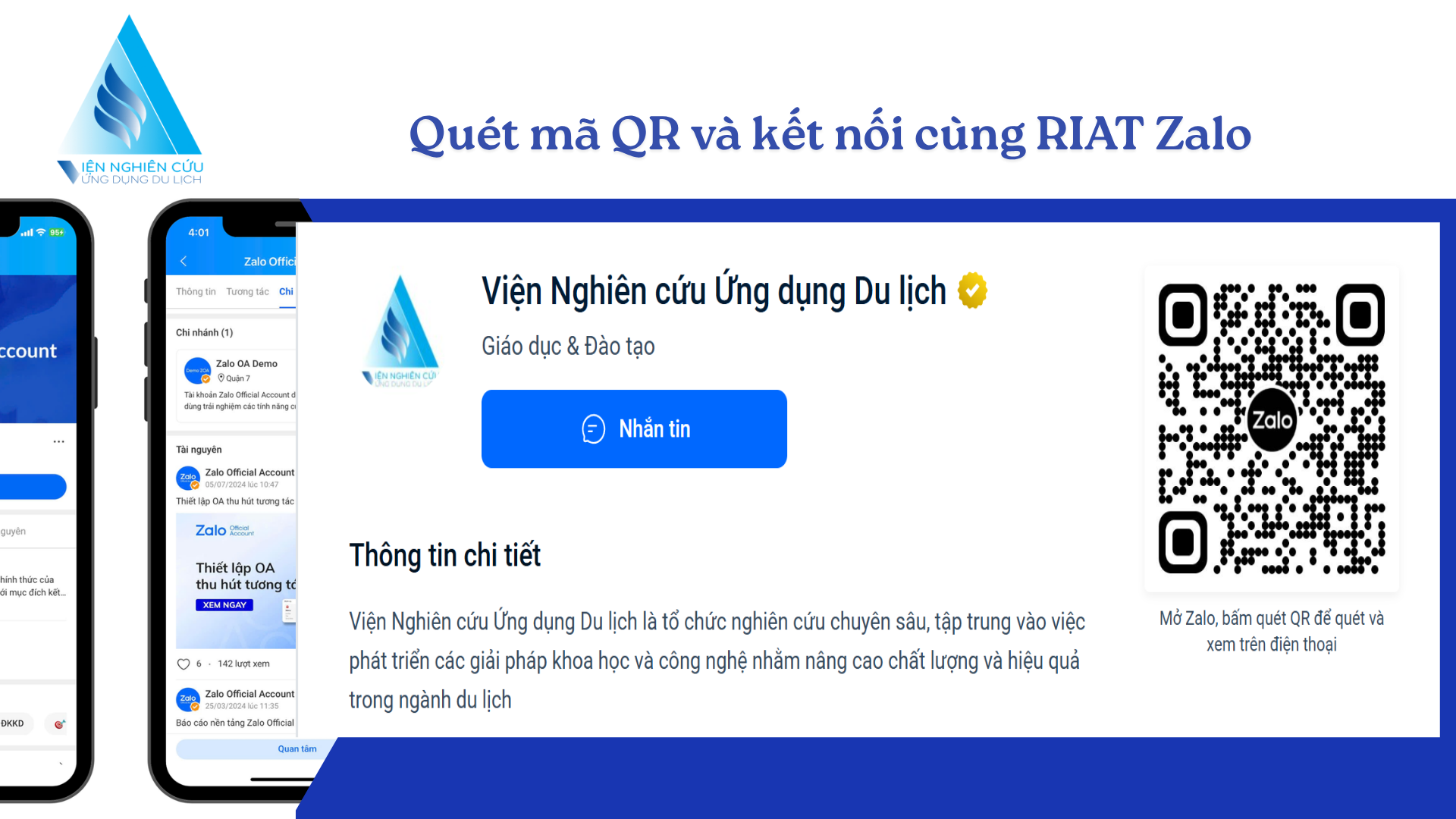This post is also available in:
Tiếng Việt (Vietnamese)
Seasonality remains an inherent challenge for the tourism industry, creating economic, social, and environmental instability for destinations. Drawing on discussions from the EUROPARC Federation and the Experience project, this paper examines comprehensive strategies to mitigate seasonality through the development and design of sustainable tourism experiences
Proposed approaches include optimising off-season marketing, personalising services, innovating products, fostering local community engagement, and enhancing cross-sector collaboration. The overarching aim is to ensure year-round revenue stability, improve service quality, maintain fair pricing, and strengthen visitor loyalty.
Introduction
The EUROPARC Federation – the largest network of protected areas in Europe, comprising over 400 members from 40 countries – has implemented a range of capacity-building programmes for destinations. One of its most notable and long-standing initiatives is the European Charter for Sustainable Tourism in Protected Areas, which has certified 103 sustainable destinations in 15 countries to date.
The tourism sector is confronted with significant challenges, with reducing seasonality and addressing climate change standing as top priorities. Recent record-breaking summer heatwaves in Europe have highlighted the inevitable impacts of extreme temperatures and water scarcity, particularly on southern destinations, necessitating seasonal model adjustments. Addressing seasonality offers not only economic and social benefits but also environmental advantages, enabling businesses to optimise operations and invest in energy-saving solutions.
This webinar, proposed by Professor Javier Font – a specialist in sustainable marketing and lead of the Experience project – focuses on sustainable tourism experience design as a strategic tool for mitigating seasonality.
The Problem of Seasonality and the Role of DMOs
Many Destination Management Organisations (DMOs) and national parks focus disproportionately on peak-season marketing, despite these periods being naturally easier to sell. The primary responsibility of the public sector – supported by tax revenues – is to address more complex challenges, notably promoting visitation during the off-season. Maintaining a destination image exclusively tied to summer activities (e.g., crowded beaches, swimwear in colder months) can send misleading signals that deter off-season visitation.
Strategies for Reducing Seasonality
Multisensory Approaches and Risk Management
Attracting visitors in the off-season requires experiences that fully engage the senses – including visual aesthetics (colour, lighting, contrast), soundscapes, tactile elements, scents, and flavours – while ensuring inclusivity and accessibility.Seasonality should be addressed through a comprehensive risk management framework:
-
Avoidance or minimisation: Identifying and targeting new markets.
-
Control and mitigation: Upgrading products and services for the off-season.
-
Transfer or sharing of risk: Partnering with other organisations to co-create products.
Market Segmentation and Inclusivity
Off-season visitors have distinct needs and behaviours compared to peak-season travellers, necessitating differentiated marketing strategies. Inclusive imagery and services – such as Halal or Kosher food options and accessible facilities – can broaden market appeal and improve revenues.
Local residents represent a particularly important off-season segment. Initiatives such as membership cards, recurring events, and loyalty clubs can encourage repeat visits and strengthen the destination’s year-round appeal
Product Innovation and Experience Design
The off-season presents unique aesthetic and experiential qualities that can be leveraged through:
-
Sheltered spaces and winter amenities (heaters, blankets, indoor facilities).
-
Personalised services made possible by lower visitor numbers.
-
Bundled offers and value-added upgrades to enhance perceived value.
-
Positioning scarcity as exclusivity, promoting premium experiences.
-
Gamification to extend visitor engagement.
-
Dark-sky initiatives to promote night-time experiences.
-
Seasonal gastronomy and events that enrich the visitor experience.
Cross-Sector Collaboration and Community Building
Collaboration between accommodation providers, restaurants, attractions, and transport services can optimise visitor experiences. Initiatives such as curated “local experience lists,” wellness and mindfulness programmes, or transport–accommodation partnerships (e.g., Swiss hotels offering complimentary train passes for long-stay guests) can increase both the length of stay and expenditure.
Effective Marketing and StorytellingTiếp thị và kể chuyện hiệu quả
Off-season marketing requires investment in high-quality, authentic imagery that captures the season’s distinct appeal. Social media is a vital channel, requiring clear objectives, platform-specific content, and strategic influencer partnerships to expand reach. Storytelling should centre on emotional and multisensory elements, addressing visitor needs directly and fostering a strong emotional bond with the destination.
Benefits of Reducing Seasonality
Key objectives include:
-
Sustaining year-round revenue streams.
-
Enhancing service quality and consistency.
-
Preserving brand value by avoiding deep price cuts.
-
Leveraging off-season as a period for innovation and product testing.
-
Building and reinforcing visitor loyalty.
Reducing seasonality demands a combination of product innovation, creative marketing, and cross-sector collaboration. Destinations should identify signature off-season products, highlight seasonal distinctiveness, and maintain visitor appeal through themed events, exclusive activities, and enhanced services.
Investment in sustainable experience design – supported by strategic marketing and robust partnerships – will be essential for enabling destinations to overcome seasonality, ensuring long-term benefits for visitors, businesses, and local communities alike.
